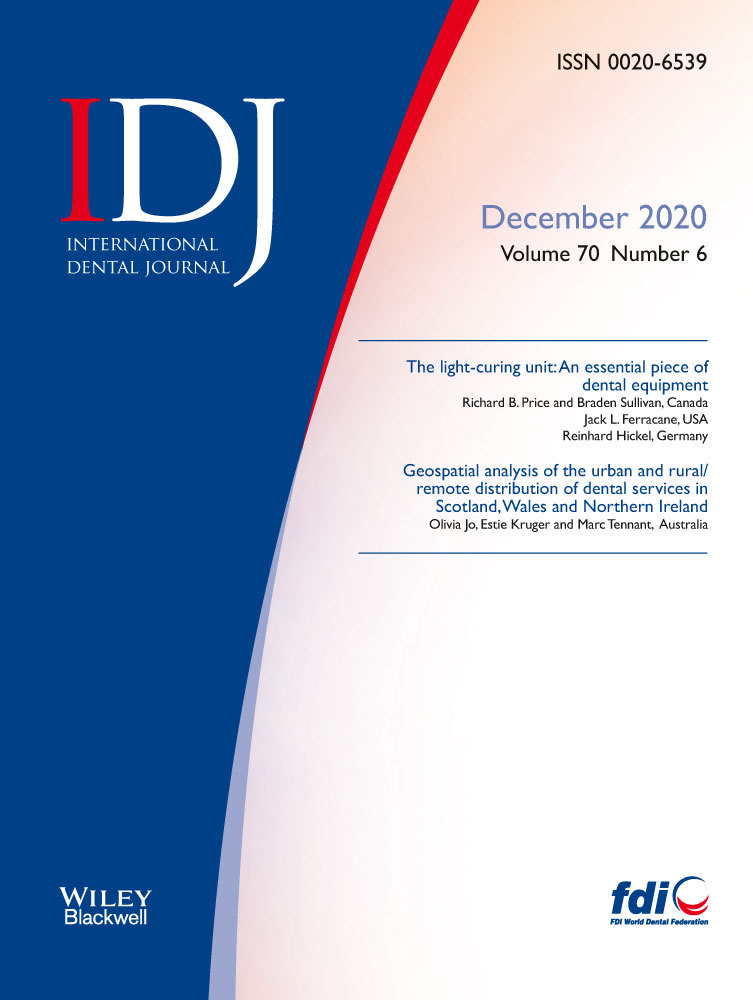Prevalence of dental caries in Sri Lankan aboriginal Veddha children
Abstract
Objective: To evaluate the caries status of Sri-Lankan Veddha children in relation to the traditional risk factors. Prevalence of dental caries is still high in certain populations, studies of which may shed additional light on the complex aetiology of caries. Methods: Using the NIDR criteria for caries diagnosis, the Strip Mutans technique (Dentocult SM), and a questionnaire administered by a native speaker, 39 children between the ages of 2–17 years were examined in a cross-sectional study. Results: Of the 2–9-year-olds, 33% were caries free in the primary dentition and 72% of 5–17-year-olds were caries free in the permanent dentition (mean dft=2.7;SE=0.61 and mean DMFT=0.9; SE=0.41). There was no correlation between caries and mutans streptococci levels. Excessive consumption of sugar or honey was significantly correlated with the mean dft levels (P=0.007). The mother was the primary caregiver for all but two children and the children were breast-fed for an average of 2.8 years (SD=0.82). The duration of breastfeeding was not correlated with the caries experience. Conclusion: Lack of professional and home care and unfavourable dietary practices may be related to the high prevalence of caries observed in this population.




